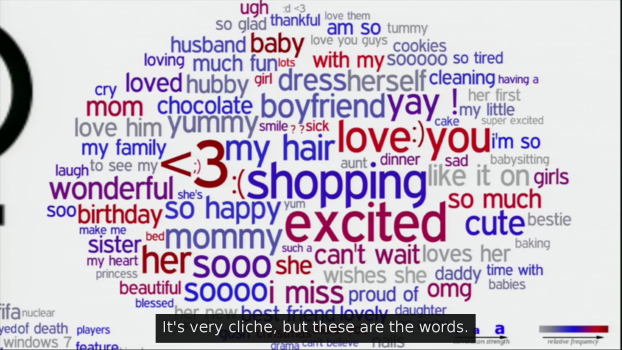Saturday 28th of May, in Linz (AT), Manetta Berends, Cristina Cochior, and Ruben van de Ven, graduating students at the Master Media Design and Communication, will be presenting their work and research in a panel moderated by Marloes de Valk, as part of the 2016 edition international
festival “Art Meets Radical Openness“.
We have become our own Big Brother. Hoarding information about ourselves in an attempt to improve our performance is only the tip of the iceberg. It doesn’t explain the obsessive dedication with which we, even post-Snowden, share intimate details about ourselves to an often not too clearly defined group of others. We are hyper-consumers, our houses are bursting at the seams, our data bodies morbidly obese. Metaphors like the Cloud promise infinite liposuction, delegating the storage of our excesses to what seems like outer space, not unlike our attics and self-storage boxes hide the excesses of our material consumerism. What are we hoping to find in this unfathomable amount of data? Do we even search or only accumulate? Are we putting together a treasure, a source of invaluable knowledge for future generations, or are we handing them our waste?
When in doubt, humans have always turned their heads towards godly or mythical agents, in order to make sense of their surroundings, structure their perceptions and answer their questions. However, not only were the divine messages given by these agents mediated and interpreted by human subjects, these mediations were validated through institutionalisation. Procedures, or rituals, were put in place to obfuscate the human hand in the generation of the message, thereby formalising the outcome as an objective one. Although disputed, it is commonly believed that the Delphic oracle delivered messages from her god Apollo in a state of trance, induced by intoxicating vapors arising from the chasm over which she was seated. Possessed by her god the oracle spoke, ecstatically and spontaneously. Priests of the temple translated her words into the prophecies the seekers of advice were sent home with.
The stories tonight argue how three ‘Big Data’ applications can be seen as modern day Delphic oracles, software designed to help us make important decisions by claiming to quantify the unquantifiable, seemingly analysing but mostly interpreting in their own peculiar way the ultimately human, pluriform and complex communications found in facial expression and text. What kind of traces will these data-gathering practices leave? What will the future ruins of our modern day oracles look like?

